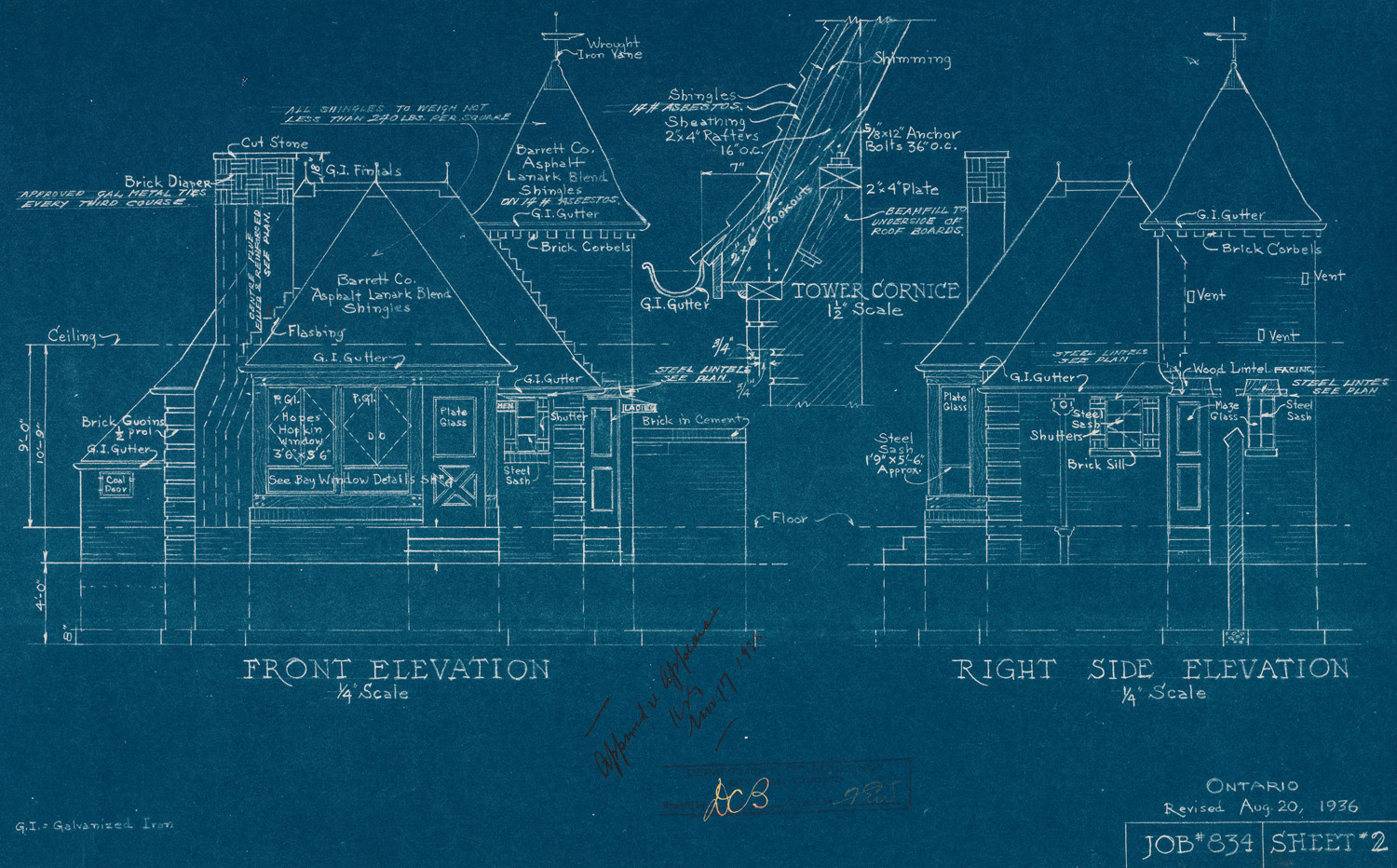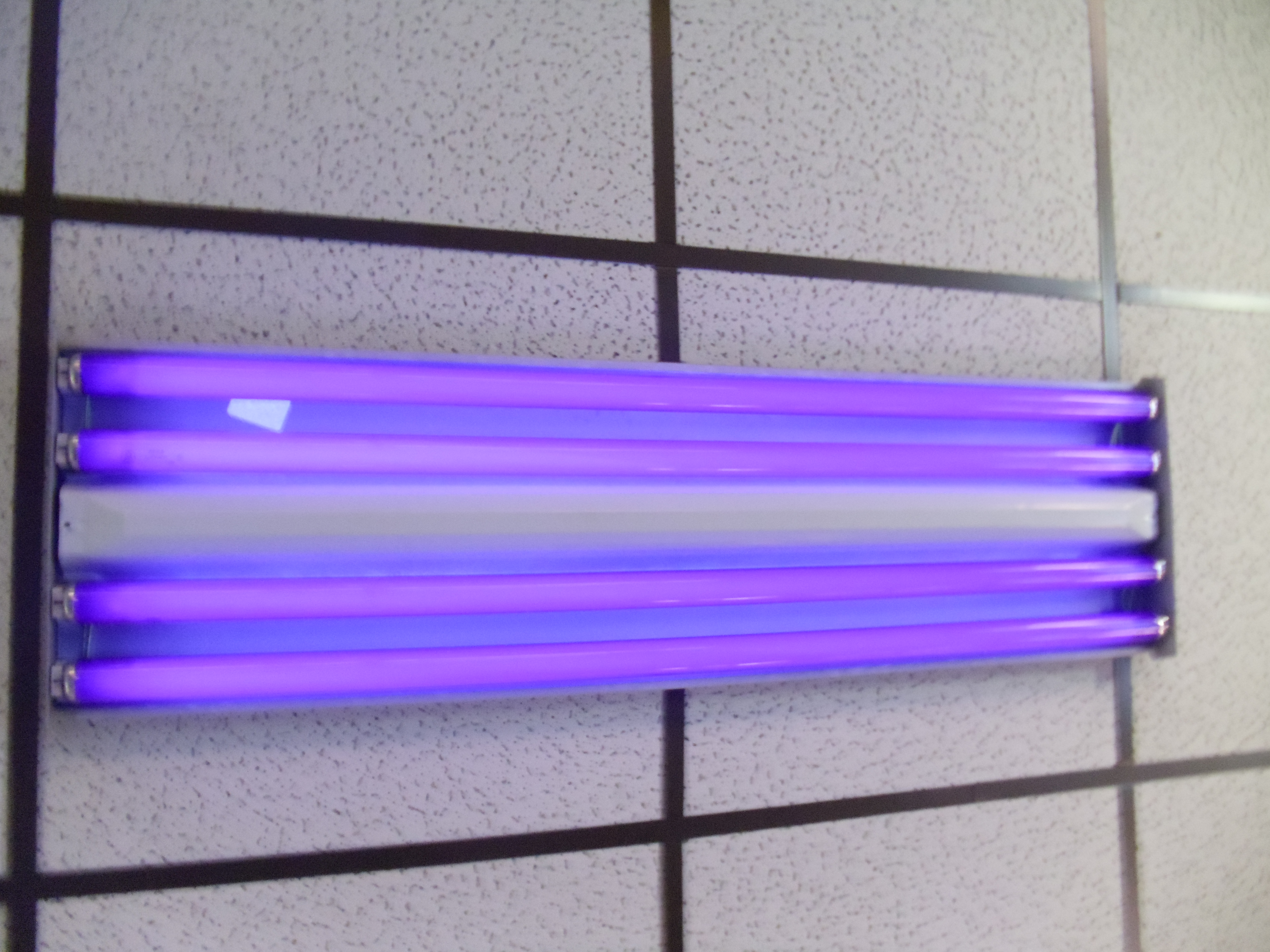|
Heliographic Copier
A heliographic copier or heliographic duplicator is an apparatus used in the world of reprography for making contact prints on paper from original drawings made with that purpose on tracing paper, parchment paper or any other transparent or translucent material using different procedures. In general terms some type of ''heliographic copier'' is used for making: Hectographic prints, Ferrogallic prints, Gel-lithographs or Silver halide prints. All of them, until a certain size, can be achieved using a contact printer with an appropriate lamp (ultraviolet, etc...) but for big engineering and architectural plans, the ''heliographic copiers'' used with the cyanotype and the diazotype technologies, are of the roller type, which makes them completely different from contact printers. In the "argot" of engineers, architects and designers, the resulting plan copies coming from any type of '' heliographic copier'' no matter they were either blue or white, were traditionally called blueprints, ... [...More Info...] [...Related Items...] OR: [Wikipedia] [Google] [Baidu] |
Reprography
Reprography (a portmanteau of ''reproduction'' and ''photography'') is the reproduction of graphics through mechanical or electrical means, such as photography or xerography. Reprography is commonly used in catalogs and archives, as well as in the architectural reprography, architectural, engineering, and construction industries. Overview In the United States, the industry is a relatively small industry, with approximately 3000 firms. It comprises entrepreneurial businesses serving predominantly the large- and wide-format reproduction needs of the legal, architectural, engineering, manufacturing, retail, and advertising industries. Average sales volume is about $1.5 million and average employee counts are 20–25 people. Large-format reproductions are produced with a variety of technologies dependent, in part, on the application of the final product and quantity needed. Examples of typical reproduction methods include: Whiteprint#The diazo printing process, diazo (blueline), elec ... [...More Info...] [...Related Items...] OR: [Wikipedia] [Google] [Baidu] |
Contact Copier
A contact copier (also known as contact printer), is a device used to copy an image by illuminating a film negative with the image in direct contact with a photosensitive surface (film, paper, plate, etc.). The more common processes are negative, where clear areas in the original produce an opaque or hardened photosensitive surface, but positive processes are available. The light source is usually an actinic bulb internal or external to the device Commercial contact printers or process cameras usually use a pump-operated vacuum frame where the original and the photosensitive surface are pressed together against a flat glass by a grooved rubber mat connected to the vacuum source. A timer-controlled mercury vapor (arc or fluorescent) light source is on the other side of the glass. Uses The contact copying process was used in the early days of photography and sunlight-exposed blueprints; it is still used in amateur photography, silkscreen printing, offset printing, and photochemic ... [...More Info...] [...Related Items...] OR: [Wikipedia] [Google] [Baidu] |
Ozalid
Ozalid is a registered trademark of a type of paper used for "test prints" in the monochrome classic offset process. The word "Ozalid" is an anagram of "diazol", the name of the substance that the company "Ozalid" used in the fabrication of this type of paper. Overview ''OZALID'' was first federally registered in the United States as a trademark on February 5, 1929 as a brand for ''light-sensitive copying and photographic papers.'' The registration currently is owned by R.Q.O. Holding Company, Inc. of New York, and is related to the even earlier registration of October 11, 1923 in what is now the Federal Republic of Germany. The R.Q.O. Holding Company also owns a United States trademark registration for ''OZALID'' for "copying and reprographic machines, apparatus and parts thereof." However, compound "Ozalid Process" appears never to have been registered as a trademark, and the use of ''OZALID'' specifically for the Ozalid process using diazo compound paper is ''not'' currently ... [...More Info...] [...Related Items...] OR: [Wikipedia] [Google] [Baidu] |
Azo Compound
Azo compounds are organic compounds bearing the functional group diazenyl (, in which R and R′ can be either aryl or alkyl groups). IUPAC defines azo compounds as: "Derivatives of diazene (diimide), , wherein both hydrogens are substituted by hydrocarbyl groups, e.g. azobenzene or diphenyldiazene." The more stable derivatives contain two aryl groups. The group is called an ''azo group'' (, ). Many textile and leather articles are dyed with azo dyes and pigments. Aryl azo compounds Aryl azo compounds are usually stable, crystalline species. Azobenzene is the prototypical aromatic azo compound. It exists mainly as the ''trans'' isomer, but upon illumination, converts to the ''cis'' isomer. Aromatic azo compounds can be synthesized by azo coupling, which entails an electrophilic substitution reaction where an aryl diazonium cation is attacked by another aryl ring, especially those substituted with electron-donating groups: :ArN2+ + Ar'H -> ArN=NAr' + H+ Since diazoniu ... [...More Info...] [...Related Items...] OR: [Wikipedia] [Google] [Baidu] |
Blacklight
A blacklight, also called a UV-A light, Wood's lamp, or ultraviolet light, is a lamp that emits long-wave (UV-A) ultraviolet light and very little visible light. One type of lamp has a violet filter material, either on the bulb or in a separate glass filter in the lamp housing, which blocks most visible light and allows through UV, so the lamp has a dim violet glow when operating. Blacklight lamps which have this filter have a lighting industry designation that includes the letters "BLB". This stands for "blacklight blue". A second type of lamp produces ultraviolet but does not have the filter material, so it produces more visible light and has a blue color when operating. These tubes are made for use in "bug zapper" insect traps, and are identified by the industry designation "BL". This stands for "blacklight". Blacklight sources may be specially designed fluorescent lamps, mercury-vapor lamps, light-emitting diodes (LEDs), lasers, or incandescent lamps. In medicine, for ... [...More Info...] [...Related Items...] OR: [Wikipedia] [Google] [Baidu] |
Photosensitive
Photosensitivity is the amount to which an object reacts upon receiving photons, especially visible light. In medicine, the term is principally used for abnormal reactions of the skin, and two types are distinguished, photoallergy and phototoxicity. The photosensitive ganglion cells in the mammalian eye are a separate class of light-detecting cells from the photoreceptor cells that function in vision. Skin reactions Human medicine Sensitivity of the skin to a light source can take various forms. People with particular skin types are more sensitive to sunburn. Particular medications make the skin more sensitive to sunlight; these include most of the tetracycline antibiotics, heart drugs amiodarone, and Sulfonamide (medicine), sulfonamides. Some dietary supplements, such as St. John's Wort, include photosensitivity as a possible side effect. Particular conditions lead to increased light sensitivity. Patients with systemic lupus erythematosus experience skin symptoms after sunligh ... [...More Info...] [...Related Items...] OR: [Wikipedia] [Google] [Baidu] |
Ultraviolet
Ultraviolet (UV) is a form of electromagnetic radiation with wavelength from 10 nanometer, nm (with a corresponding frequency around 30 Hertz, PHz) to 400 nm (750 Hertz, THz), shorter than that of visible light, but longer than X-rays. UV radiation is present in sunlight, and constitutes about 10% of the total electromagnetic radiation output from the Sun. It is also produced by electric arcs and specialized lights, such as mercury-vapor lamps, tanning lamps, and black lights. Although long-wavelength ultraviolet is not considered an ionizing radiation because its photons lack the energy to ionization, ionize atoms, it can cause chemical reactions and causes many substances to glow or fluorescence, fluoresce. Consequently, the chemical and biological effects of UV are greater than simple heating effects, and many practical applications of UV radiation derive from its interactions with organic molecules. Short-wave ultraviolet light damages DNA and sterilizes surf ... [...More Info...] [...Related Items...] OR: [Wikipedia] [Google] [Baidu] |
Ultraviolet
Ultraviolet (UV) is a form of electromagnetic radiation with wavelength from 10 nanometer, nm (with a corresponding frequency around 30 Hertz, PHz) to 400 nm (750 Hertz, THz), shorter than that of visible light, but longer than X-rays. UV radiation is present in sunlight, and constitutes about 10% of the total electromagnetic radiation output from the Sun. It is also produced by electric arcs and specialized lights, such as mercury-vapor lamps, tanning lamps, and black lights. Although long-wavelength ultraviolet is not considered an ionizing radiation because its photons lack the energy to ionization, ionize atoms, it can cause chemical reactions and causes many substances to glow or fluorescence, fluoresce. Consequently, the chemical and biological effects of UV are greater than simple heating effects, and many practical applications of UV radiation derive from its interactions with organic molecules. Short-wave ultraviolet light damages DNA and sterilizes surf ... [...More Info...] [...Related Items...] OR: [Wikipedia] [Google] [Baidu] |
Whiteprint
Whiteprint describes a document reproduction produced by using the diazo chemical process. It is also known as the blue-line process since the result is blue lines on a white background. It is a contact printing process which accurately reproduces the original in size, but cannot reproduce continuous tones or colors. The light-sensitivity of the chemicals used was known in the 1890s and several related printing processes were patented at that time. Whiteprinting replaced the blueprint process for reproducing architectural and engineering drawings because the process was simpler and involved fewer toxic chemicals. A blue-line print is not permanent and will fade if exposed to light for weeks or months, but a drawing print that lasts only a few months is sufficient for many purposes. The diazo printing process Two components underpin diazo printing:{{Ullmann , doi=10.1002/14356007.o13_o08.pub2, title=Imaging Technology, 2. Copying and Nonimpact Printing Processes, last1=Pai, first ... [...More Info...] [...Related Items...] OR: [Wikipedia] [Google] [Baidu] |
Engineering Drawing
An engineering drawing is a type of technical drawing that is used to convey information about an object. A common use is to specify the geometry necessary for the construction of a component and is called a detail drawing. Usually, a number of drawings are necessary to completely specify even a simple component. The drawings are linked together by a master drawing or assembly drawing which gives the ''drawing numbers'' of the subsequent detailed components, quantities required, construction materials and possibly 3D images that can be used to locate individual items. Although mostly consisting of pictographic representations, abbreviations and symbols are used for brevity and additional textual explanations may also be provided to convey the necessary information. The process of producing engineering drawings is often referred to as technical drawing or drafting (draughting). Drawings typically contain multiple views of a component, although additional ''scratch views'' may ... [...More Info...] [...Related Items...] OR: [Wikipedia] [Google] [Baidu] |






